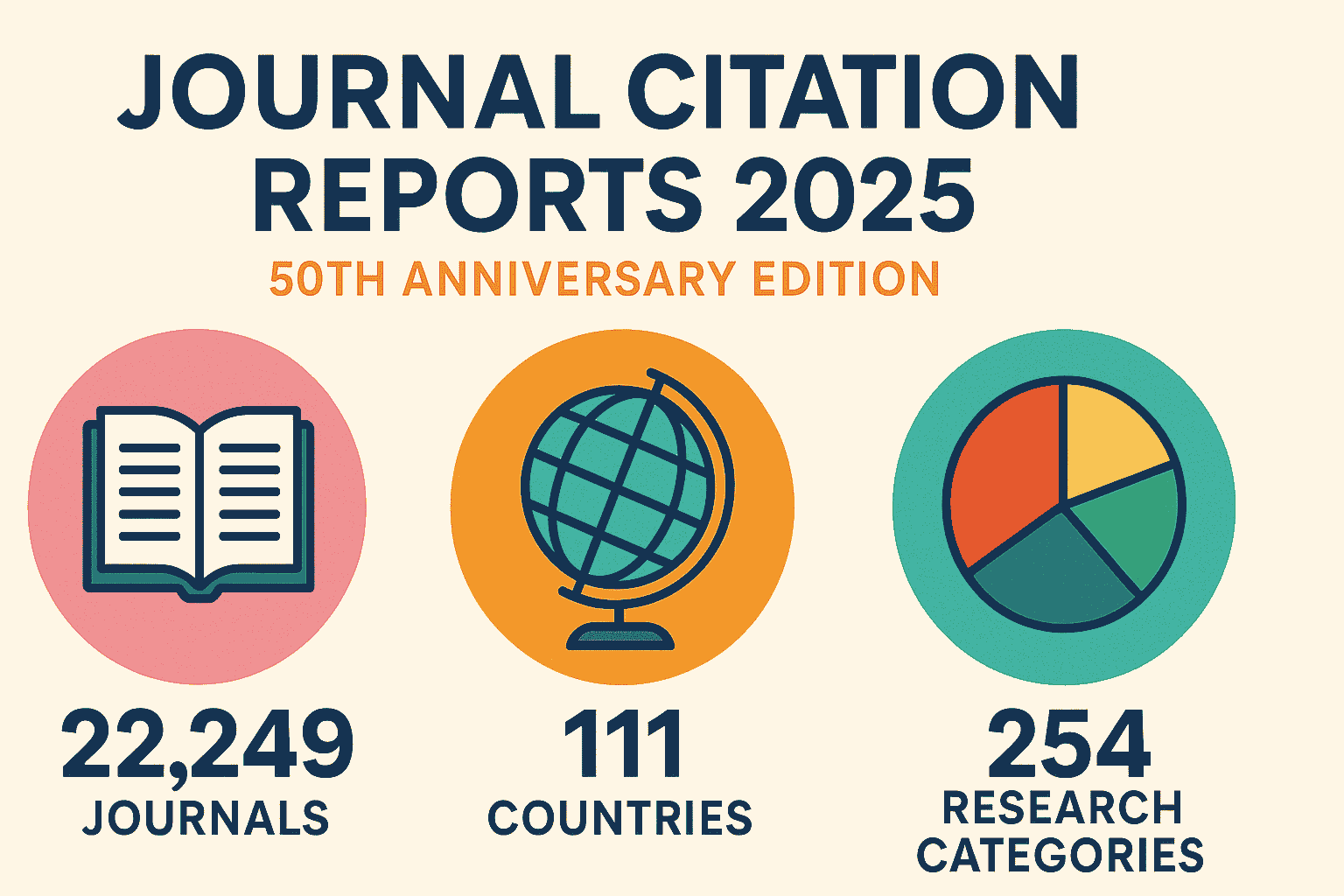Ultrafast infrared light pulses trigger rapid 'breathing' in thin film – New Study/Science Updates
Cornell Engineering researchers have demonstrated that, by zapping a synthetic thin film with ultrafast pulses of low-frequency infrared light, they can cause its lattice to atomically expand and contract billions of times per second—strain-driven “breathing” that could potentially be harnessed to quickly switch a material’s electronic, magnetic or optical properties on and off.
Summary
Cornell Engineering researchers have discovered a method to manipulate materials at incredible speeds using ultrafast infrared light. By applying pulses of this light to a synthetic thin film, they can induce atomic-level expansion and contraction, causing the material’s lattice to “breathe” billions of times per second. This rapid, strain-driven oscillation offers the potential to quickly switch a material’s electronic, magnetic, or optical properties. This breakthrough could lead to advancements in high-speed electronics and other applications that rely on rapid material property changes.
Read more…
This post is part of “Science and Technology News”, Follow for more…!!!
Credits: Source
Disclaimer








